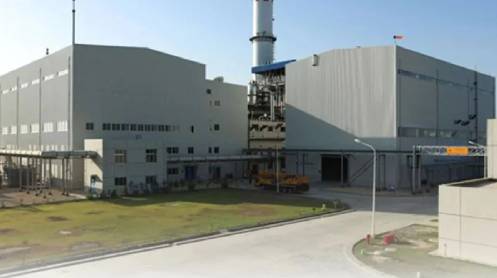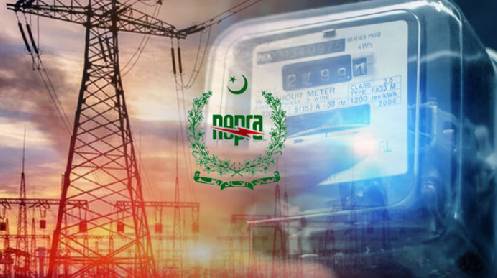KARACHI: A recent study reveals that domestic households and businesses in Pakistan face unexpected hidden costs in their power tariffs, including US inflation and interest on circular debt. These factors significantly increase power prices for end-users, making electricity unaffordable and prompting calls for the government to renegotiate power purchase agreements (PPA) with power plant operators.
Independent power producers (IPPs) charge monthly bills in US dollars under US dollar indexation, shielding them from rupee depreciation and local inflation. However, this leaves no justification for additional US inflation charges on Pakistani consumers. Energy expert Dr. Khalid Waleed of the Sustainable Development Policy Institute (SDPI) highlighted at a seminar that many IPPs have linked their capacity charges with the US economy, causing electricity prices in Pakistan to rise with US inflation.
Recent proposed tariff hikes have led to protests, with the government retracting the hike for protected consumers and reducing industrial tariffs by Rs6-7/unit to maintain competitiveness. Despite these measures, household tariffs are set to increase by 12-30%.
Dr. Waleed noted that the capacity payments of an imported coal-fired power plant in Punjab surged by 216% from Rs3.27/unit in 2019 to Rs10.34/unit in 2024. Overall, capacity payments now account for 70% of the tariff, driven by US dollar indexation and interest on circular debt.
The energy tariff’s fuel component stands at 20%, with the remaining 10% covering various taxes. The regressive nature of the tariff disproportionately affects smaller consumers. Many tariff components are linked to the global economy, driving prices beyond affordability. Waleed urged the government to renegotiate PPAs with IPPs, similar to previous efforts to end US dollar indexation on some plants.
Energy expert Ahad Nazir emphasized that decreasing power consumption from the national grid, as consumers adopt rooftop solar panels, contributes to rising capacity charges. Additionally, the discrepancy between installed power generation capacity (43,000 MW) and stagnant transmission capacity (23,000 MW) has created a 20,000 MW excess, further inflating capacity payments.
The government aims to shift from a uniform end-consumer tariff to competitive tariffs at the distribution company level, though this decentralization may take five to six years.
Story by Salman Siddiqui





